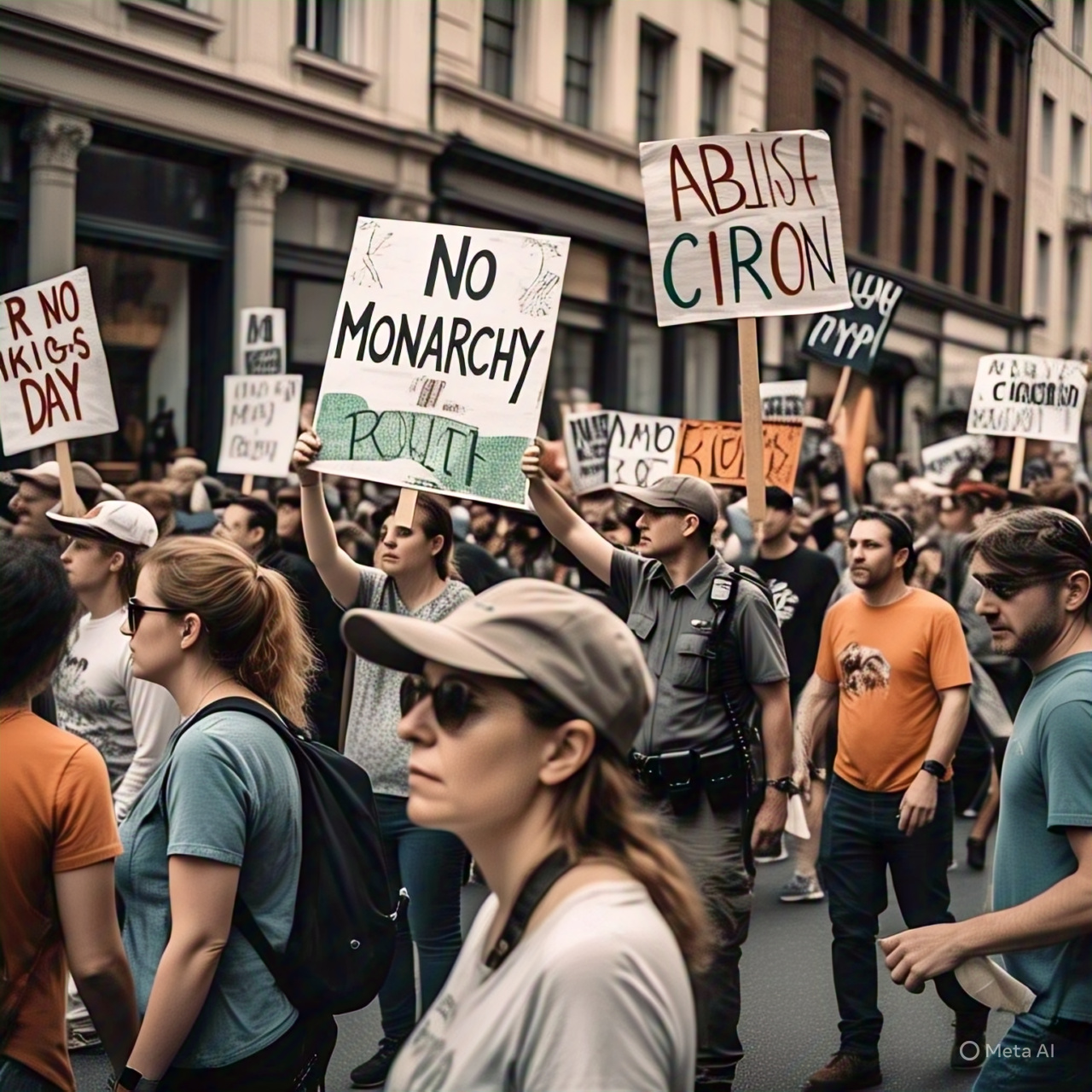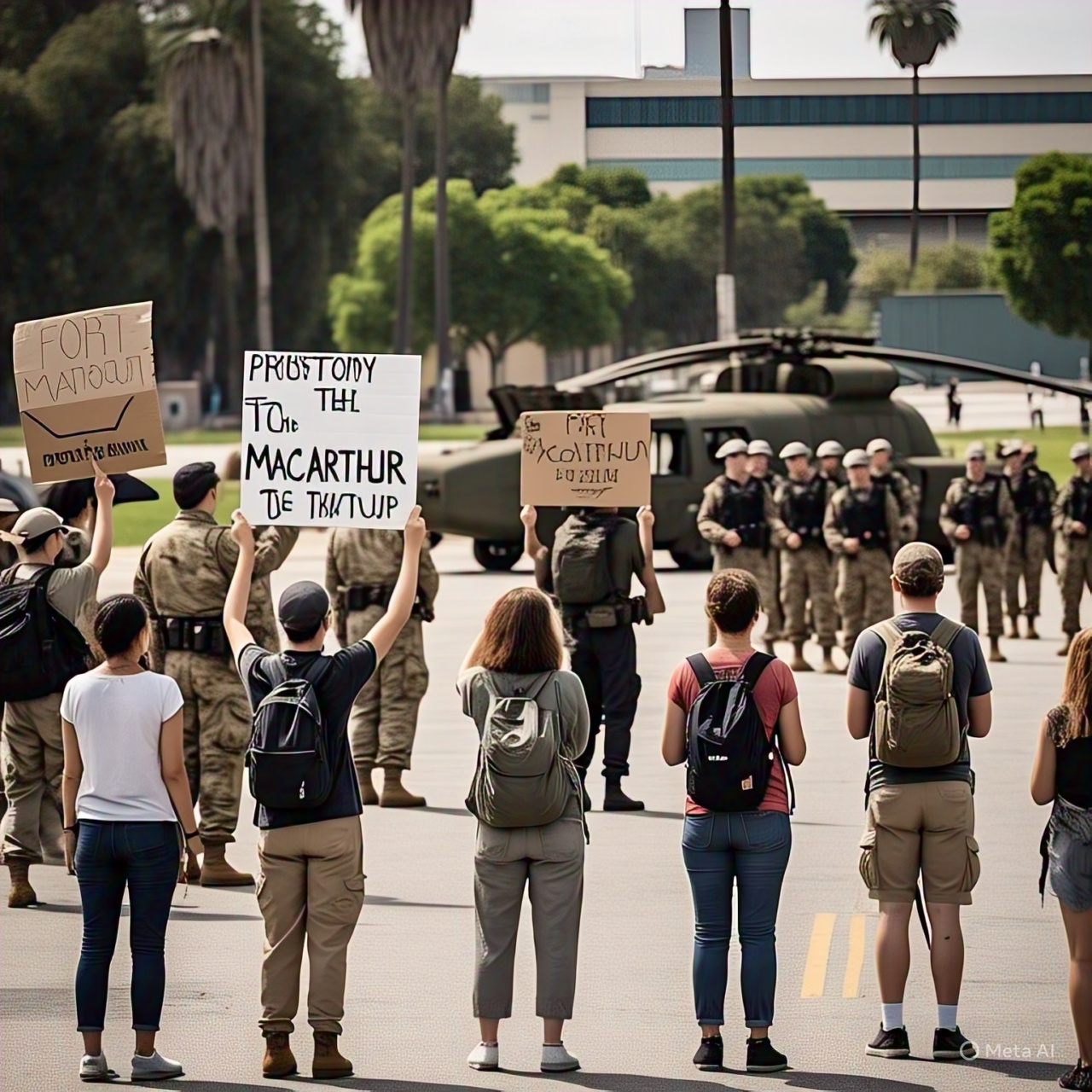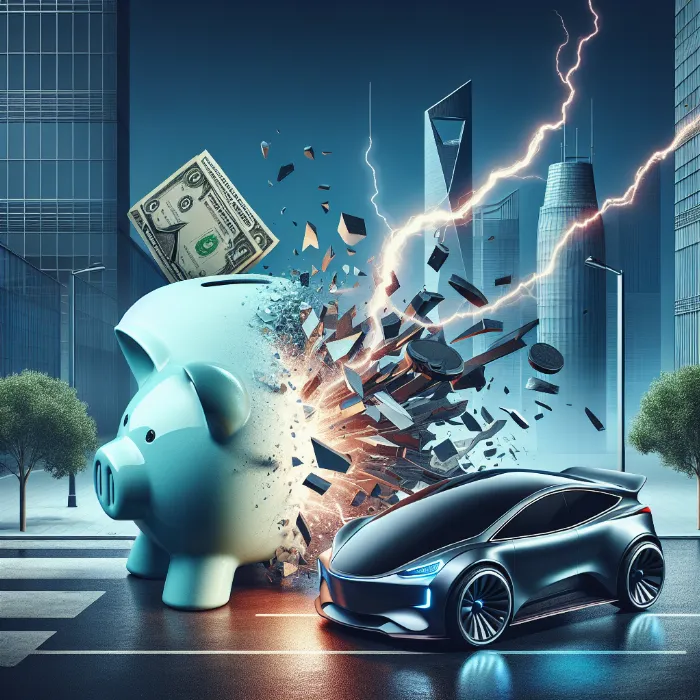“No Kings Day” Protests Shake America as Trump Hosts Grand Military Parade
June 14, 2025 | Washington D.C., Philadelphia, Los Angeles & Nationwide
On Saturday, June 14, the streets of America told two very different stories.
In Washington D.C., President Donald J. Trump oversaw a grand military parade filled with tanks, warplanes, and showmanship, to mark the 250th anniversary of the U.S. Army and his own 79th birthday. But across the nation — from Philadelphia to Portland, Atlanta to Anchorage — a massive wave of peaceful resistance unfolded under the banner: “No Kings Day.”
1. The Parade: Power on Display
The nation’s capital became a fortress.
Over 7,000 troops, 150 military vehicles, and a series of low-flying aircraft roared across the National Mall. Streets were blocked off by eight-foot-high metal fences and massive concrete barricades. Even Ronald Reagan Airport briefly suspended flights due to the air spectacle overhead.
President Trump stood tall at the reviewing stand, flanked by generals, family members, and select political allies. American flags fluttered beside M1 Abrams tanks, Apache helicopters, and WWII-era bombers in a deliberate display of military prowess.
Cost of the event? Estimated between $25–45 million — a figure that would soon become a lightning rod for criticism.
Trump, dressed in a navy blue suit with a bright red tie, saluted each passing unit. “This is not about me,” he said in a brief speech. “This is about our soldiers, our nation, and our flag. But I must say, what a beautiful day to be American.”
Rain clouds loomed but didn’t spoil the spectacle — just the mood of many across the country.
2. The Protest: A Nation Rises with One Voice
Far from D.C., nearly 2,000 cities and towns witnessed the rise of the “No Kings Day” movement, an organized protest campaign challenging what many called the increasing centralization of power under Trump.
The protests were spearheaded by a coalition of over 200 civil society groups, including:
ACLU
Indivisible
Sunrise Movement
Veterans for Democracy
Public Citizen
AFL-CIO chapters
Several student, faith-based, and military family networks
The slogan echoed from homemade banners and giant projection screens:
“No Crowns. No Thrones. No Kings.”
3. Why ‘No Kings Day’?
This wasn’t just a birthday protest. It was symbolic — a reminder that the United States was born in rebellion against monarchy. Organizers chose June 14 for a reason:
Trump’s birthday
Flag Day, a national patriotic celebration
The Army’s founding day
The message? Patriotism belongs to the people — not one man.
Philadelphia, the birthplace of American democracy, was chosen as the symbolic center of the protests. Independence Hall hosted speakers, musicians, and veterans who spoke of constitutional values, democratic integrity, and civil rights erosion.
“No one in America is a king,” one veteran shouted. “Not in 1776. Not in 2025.”
4. Organizing Peaceful Power
Unlike earlier protest movements, “No Kings Day” was remarkably peaceful and disciplined.
Legal workshops taught protestors about their rights
Volunteer “de-escalation teams” moved among crowds to prevent conflict
Medics, marshals, and mental health volunteers were stationed at key locations
Marchers carried pocket-sized copies of the Constitution, not weapons
From bustling cities to remote towns, the tone was consistent: firm, patriotic, non-violent.
In Los Angeles, protestors placed paper crowns in front of federal buildings.
In Montana, farmers waved signs reading: “We grow food, not fear.”
In New York, Broadway actors performed scenes from 1776 on the steps of City Hall.
5. Government Response: Tension Without Fire
Despite the massive mobilization, Washington D.C. remained quiet — no protests were held there intentionally. Organizers chose not to confront Trump’s parade directly to avoid clashes.
However, some states took preemptive steps:
California, New York, and Illinois deployed National Guard units
Florida, Texas, and Arizona issued public safety alerts
The Department of Homeland Security remained on heightened alert
In Los Angeles, where Trump had previously deployed active-duty Marines for immigration enforcement, tensions remained high. But no major incidents were reported.
6. Trump’s Reaction: Defiance & Denial
President Trump dismissed the protests as “tiny, sad parties” by “angry leftists.”
In a brief press conference, he stated:
“They can protest all they want. This is America. But I don’t feel like a king — I feel like a very stable genius.”
He defended the military parade’s cost and presence as a “proper salute” to American heroes.
However, many lawmakers, including members of his own party, expressed discomfort with both the tone of the parade and the use of active-duty military personnel for domestic operations.
7. Aftermath & What Comes Next
The events of June 14 will ripple beyond this weekend.
Key outcomes to watch:
Court rulings on active-duty troop deployment in civilian law enforcement
Congressional inquiries into parade expenses and executive overreach
Shifting poll numbers as Americans digest both displays — military and civilian
Ongoing momentum for protestors organizing around the 2026 elections
As one protest banner in Austin read:
“We don’t fear flags. We fear the crown.”
Final Thought: Two Americas, One Constitution
June 14, 2025, may go down in history not for the size of its parade or the number of protests, but for what it revealed: a nation at a constitutional crossroads.
One side sees strength in military might. The other in civic unity.
One waves flags from armored vehicles. The other from sidewalk rallies.
Both call themselves patriots.

















Comments 0